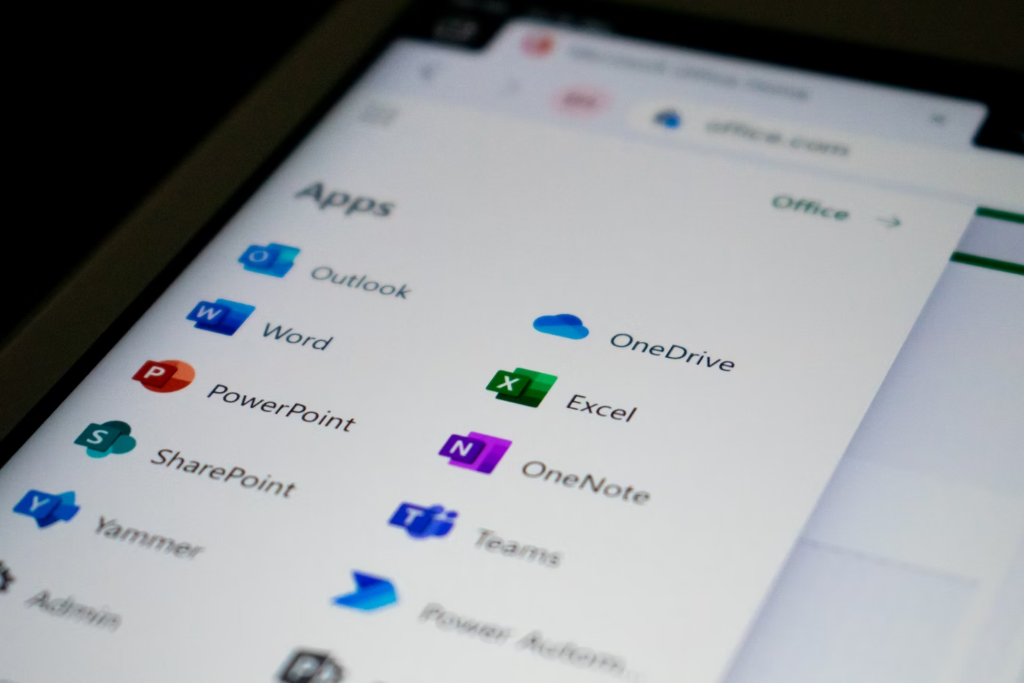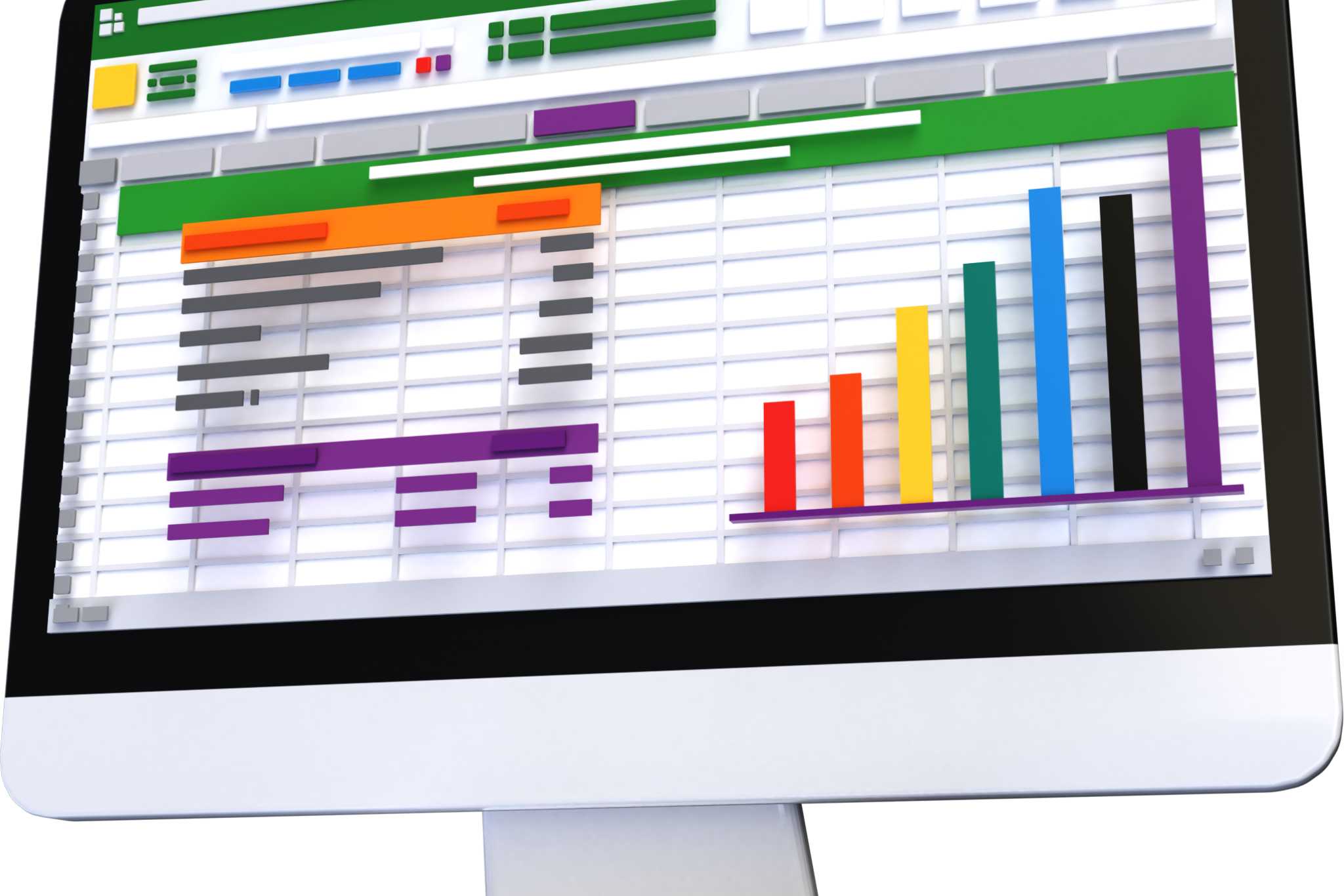To err is to be human. To not err is to be technology. Or so we think. The world has become accustomed to technology being free of slip-ups. One of the main reasons why there is even a debate as to whether technology should (or would) replace humans is because it is considered to be more efficient than humans. Because of this, humans have become overly dependent and technology has become overly helpful. Autocorrect is one such example. Which at times can be commendable and at times a nuisance. However, an autocorrect feature that was available on Microsoft Excel, that drove geneticists to the brink of sanity for the longest time, has finally been put to right.
The history of the issue
Imagine a situation where a gene symbol such as SEPT2 (Septin 2) and MARCH1 [Membrane-Associated Ring Finger (C3HC4)1, E3 Ubiquitin Protein Ligase] are autocorrected by Microsoft Excel to ‘2-Sep’ and ‘1-Mar’, respectively. This is because the system identifies them as dates. This was a flaw that had existed since 2004. The unintentional conversion of gene symbols presents a pressing issue, one that will mess up with more things than one. This is because these supplementary files play a decisive role in the genomics community and are often reused. The extent to which the issue had spread was such that according to an online article by Cecily Mauran, a study conducted in 2016 revealed that one-fifth of the research papers that were published utilising data assembled in Excel were found to contain inaccuracies or data corruption. The situation escalated to the point where scientists started renaming genes to avoid the risk of being exposed to automatic conversions.
While this was a problem that was encountered mainly by geneticists, it did make life harder for frequent users of Microsoft Excel who existed outside of the genomics sphere. For instance, when you input data into the spreadsheet, the software may automatically misinterpret alphanumeric codes as dates and format them accordingly.
The error has been rectified
Microsoft has finally introduced a solution to the issue where in a recent announcement, the Microsoft 365 team unveiled a new setting that allows Excel users to opt out of or modify the overly helpful default behaviour of the software. The feature has been rolled out to Windows and macOS.

Microsoft has provided a detailed and graphic explanation in a recent blog post, introducing a new feature with a checkbox labelled ‘convert continuous letters and numbers to date’. The best thing about the update is that this checkbox assigns the power to navigate through the software to the users. The update builds upon the Automatic Data Conversions settings introduced by the company last year. These settings provide users with the option to receive a warning when Excel attempts to go out of the way to be helpful, giving them the choice to load files without automatic conversion. This allows the data to remain in its original form without being tampered with. However, it is vital to comprehend that, as mentioned in Microsoft’s blog, Excel avoids the conversion by saving the data as text, which again has its limitations with regard to functionality for future calculations. Additionally, there is an issue which prevents the user from disabling these conversions in macro execution.
Other developments
Apart from the rectification of the error, they have also rolled out other features which can make the software more user-friendly and stop users from going into a Microsoft-induced frenzy.

First on the list is the Insert Function dialogue box, which simplifies the process of selecting and using formulas like SUM, AVERAGE, and SUBTOTAL. Users can choose a formula from a drop-down menu and then enter the required arguments. As you input values, including cell references, you’ll see previews of the actual data and the resulting calculation before applying the formula. This feature is a handy improvement for those who prefer not to manually write potentially complex formulas. It can be accessed through the Formulas > Insert Function menu.
The second development is Parentheses Coupling, which highlights pairs of parentheses as you navigate through a formula. This makes formulas more readable and helps identify the scope of a function more easily.
The third feature, while simple, also contributes to improved readability. It involves the use of a Monospaced Font in formula editing mode, which means that characters take up the same amount of horizontal space, enhancing the clarity of formulas.
Complementing the features mentioned above, there is another feature known as Value Preview which is exclusively available for Windows users. What this feature does is; when a part of a formula is highlighted, the resulting value can be viewed with immediate effect. This makes it considerably more convenient to troubleshoot extensive and complex calculations.
While most of these are in-built features, it has also introduced an add-on that capitalises on Microsoft’s favourite in-house resident; AI. Microsoft’s new add-on for Excel is aimed at expanding its utility beyond traditional number crunching. This Excel Office Add-in, named ‘Business Assist-Forecast’, is designed to lend a helping hand to businesses in generating more accurate forecasts using the power of machine learning and AI.
Business Assist-Forecast streamlines the process of forecasting and analysing historical data and trends. It provides a swift and dependable means to project future support volume based on past data. This add-on is particularly valuable for customer service leaders, managers and agents as it empowers them to make reliable predictions above service-call volumes, facilitating more effective management of staffing levels. The ultimate goal is to reduce help desk costs for organisations and enhance the customer experience with the assistance of Microsoft Support while instilling confidence in the accuracy of the data.
It is not surprising at all that Microsoft is actively using AI in all their product lines. They have publicly pledged allegiance to AI and are living up to it, especially because the investments that they have made in AI are repaying them manifold.
(Sandunlekha Ekanayake)
